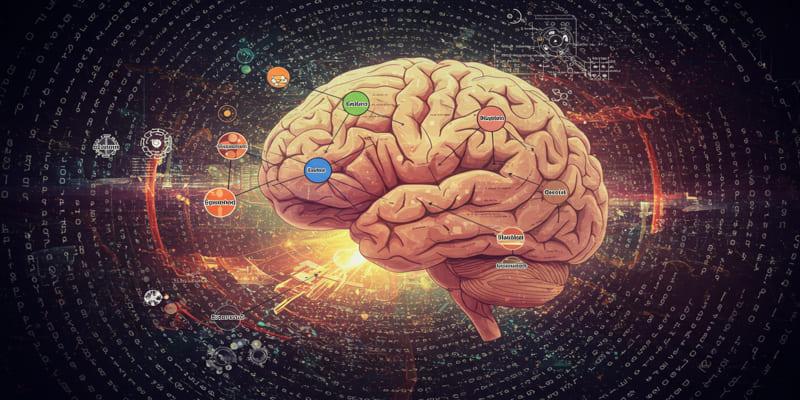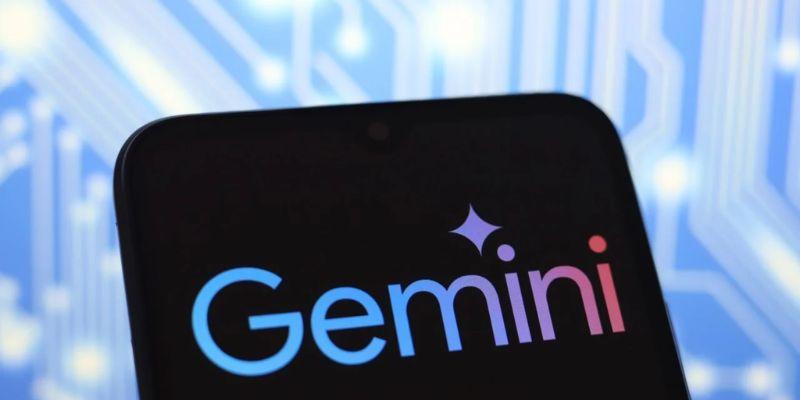Wimbledon has long been regarded as the most conservative of tennis events white outfits, strawberries and cream, no advertising signs on the tennis courts. However, in the background, something very contemporary is happening. Wimbledon is not only keeping pace with the times, but it is establishing a whole new pace. With an intelligent and thoughtful application of AI, the championship is proving to the world that innovation does not need to be loud to be powerful.
What’s unfolding isn’t a break from tradition—it’s a subtle layering of technology over heritage. And in doing so, Wimbledon is quietly reshaping how the game is played, watched, and understood.
The All England Club has taken a thoughtful approach to AI, not simply automating for the sake of it, but using data to highlight the human side of tennis. At the center of this strategy is IBM’s Watson AI. It’s not a new partnership, but it has evolved in a striking way. Previously, AI was used primarily for stats collection and behind-the-scenes processing. Now, it's part of the viewing experience.

Wimbledon’s AI doesn’t just process numbers—it curates moments. From automatic video highlight reels to real-time commentary suggestions, the tech is being asked to do more than analyze—it’s being asked to tell a story. And it's doing just that. With match footage pouring in from multiple courts at once, the AI sifts through reactions, crowd noise, and player gestures to assemble short, sharp highlight videos, often within minutes of a point being played.
These aren’t dry montages of forehands and serves. They’re clipped together in a way that keeps the spirit of the match intact. The AI considers crowd excitement and player emotion as part of its selection criteria—something that helps fans feel closer to the game, even from across the world.
AI at Wimbledon also goes beyond the fans. Player analysis has moved into a new phase. Each match now generates thousands of data points—from serve placement to return angles to footwork patterns. Coaches and analysts can access this data in real-time, allowing for sharper mid-match insights.

But here's where Wimbledon’s approach stands out: the data is framed in ways that don't require a degree in data science to understand. A coach can spot tendencies without needing a deep dive into spreadsheets. For example, AI can flag if a player has begun avoiding their backhand or if their second serve is becoming more predictable. These are the kinds of details that might take hours of manual review—but now, they show up in real-time, neatly organized, ready for action.
Even journalists and broadcasters are reaping the benefits. AI-generated notes and player fact sheets are instantly available before interviews or commentary, keeping coverage tight, accurate, and consistent. In short, it’s not replacing human insight—it’s sharpening it.
The tournament's digital platforms have seen a quiet overhaul, too. Wimbledon’s website and mobile app aren’t just repositories of schedules and scores anymore—they’re reactive, intelligent, and tailored to user behavior. This isn’t personalization for novelty’s sake. It’s an effort to keep fans engaged in matches they care about most, even when multiple courts are in action at once.
Say you’re following a rising player who isn’t on Centre Court. The AI tracks engagement patterns and suggests when and where to tune in. Missed a big point while scrolling? The app prompts a short reply. There’s no need to hunt down the highlight—it finds you.
Then there's the AI-powered “Match Insights” feature, which offers pre-match forecasts based not on vague predictions, but on performance data and head-to-head records. These are displayed visually, with bite-sized pieces of information that give viewers context without overloading them.
All of this creates a smoother experience for the average viewer. You don't need to be a stats junkie or a long-time fan to follow along. The information feels natural, like an extension of watching the match, not a distraction from it.
In a tournament where matches are happening across 18 courts, content creation is a monumental task. Before AI, editors had to manually scrub through hours of footage to find moments worth sharing. Now, automated systems handle much of that load.
The AI tags moments based on visual cues, like fist pumps, racquet tosses, or crowd reactions. It identifies high-intensity rallies and crunch moments based on audio spikes and player movements. Once these are flagged, human editors come in and fine-tune. The process is faster, and the final product is tighter.
This quick turnaround has another benefit: Wimbledon's social media feeds stay fresh, relevant, and on time. Whether it's a match-winning shot or a heartwarming handshake at the net, the content reaches audiences almost instantly. In a world where attention moves fast, this responsiveness keeps Wimbledon visible and engaging, without having to rely on gimmicks.
Even the written content—like match summaries or preview articles—is often first-drafted by AI. Editors then refine these into polished pieces, saving time while keeping accuracy high. Again, it’s not about cutting people out—it’s about letting them focus on the parts of storytelling that require human finesse.
Wimbledon might look like it’s stuck in the past with its grass courts and rigid traditions, but when it comes to AI, it’s anything but. Instead of chasing trends, it has found a quiet confidence in using technology to serve both players and fans. The focus isn't on making things flashy. It's about making things work better.
And that’s what makes this AI strategy so effective. It doesn’t shout. It listens. It watches. It learns. Then it gets to work in the background, so the spotlight can stay right where it belongs—on the game itself.

Explore how Advanced Topic Modeling with LLMs transforms SEO keyword research and content strategy for better search rankings and user engagement.

How to evaluate Agentic AI systems with modern metrics, frameworks, and best practices to ensure effectiveness, autonomy, and real-world impact in 2025.

AIOps redefines IT operations by leveraging AI to reduce costs, enhance efficiency, and drive strategic business value in a digital-first world.

Selector is a versatile platform for anomaly detection and network security, using advanced AI for precise threat identification and prevention.

How IT monitoring platforms enhance system reliability, enable faster issue resolution, and promote data-driven decisions.

How AI-powered automation is transforming network operations, delivering efficiency, scalability, and reliability with minimal human intervention.

How AI enhances forecasting accuracy while addressing limitations like rare events and data quality through human-AI collaboration.

Find out how to stop X from using your posts to train its AI models.

Explore how ChatGPT’s AI conversation feature works, its benefits, and how it impacts user interactions.

How data mining empowers businesses with insights for smarter decisions, improved efficiency, and a competitive edge.

Google’s Gemini Live now works on most Android phones, offering hands-free AI voice assistance, translations, and app control

Google’s Gemini 2.0 boosts AI speed, personalization, and multi-modal input with seamless integration across Google apps